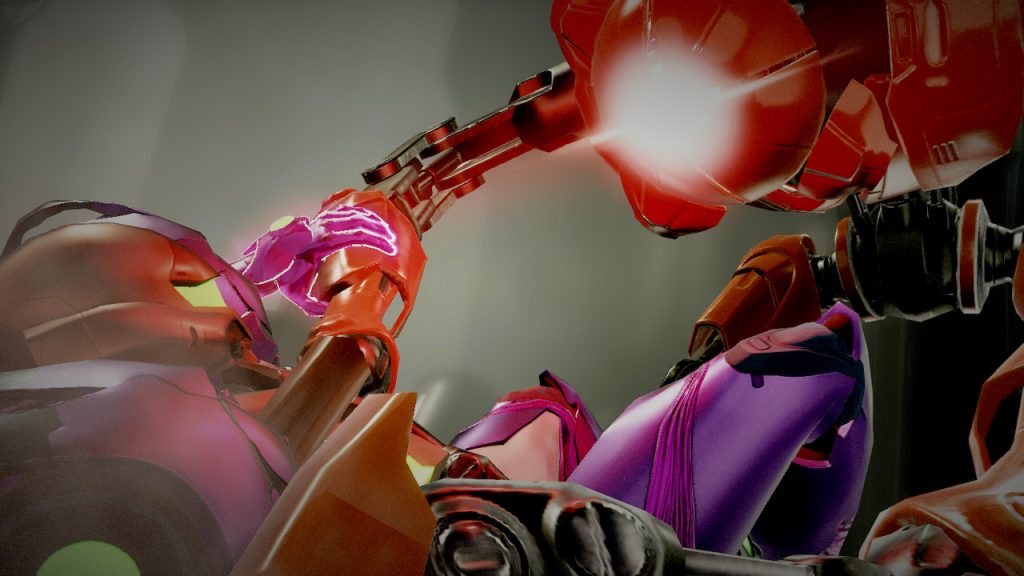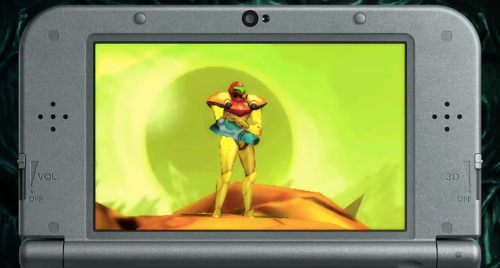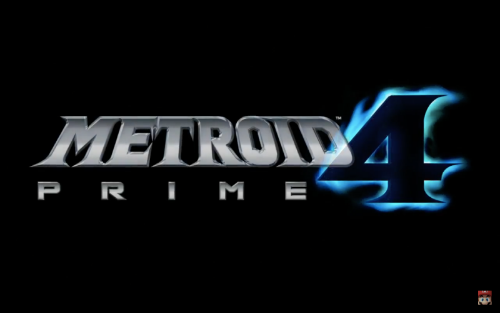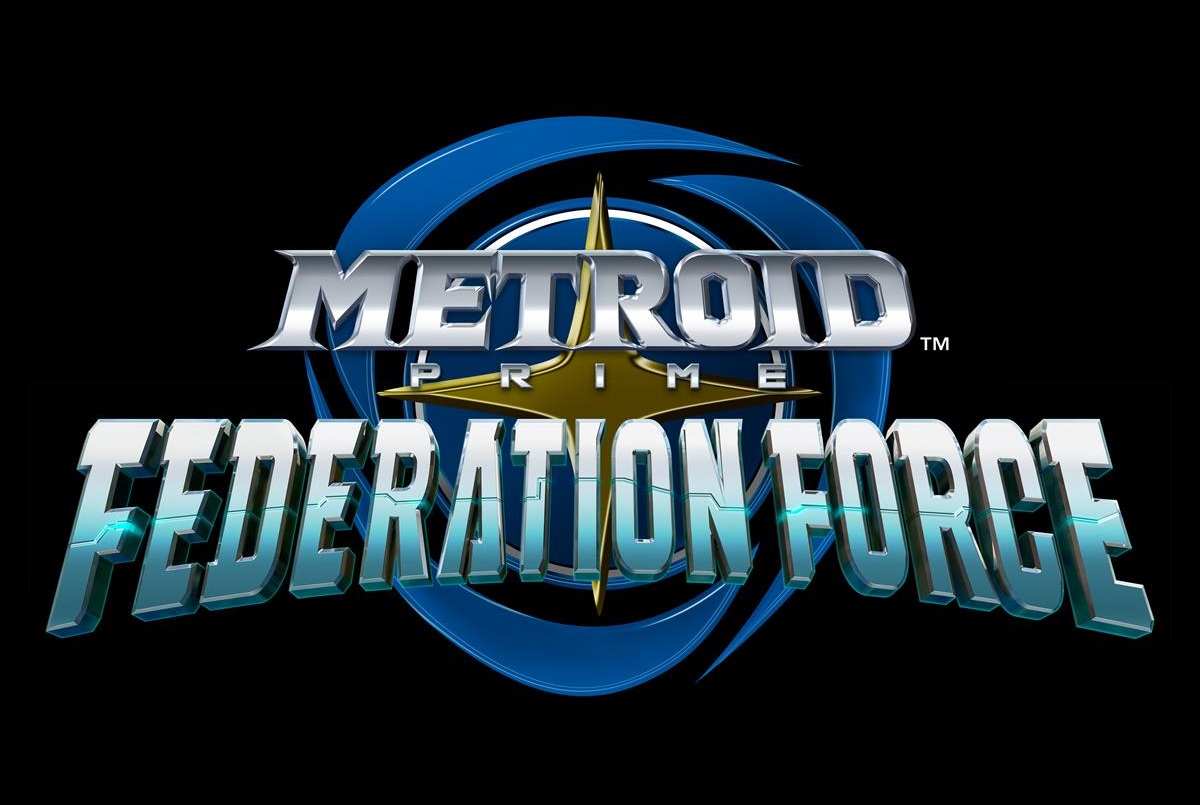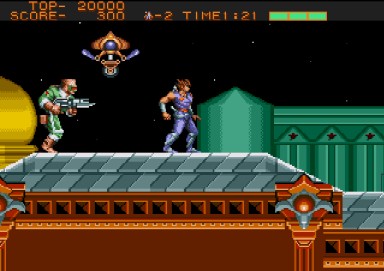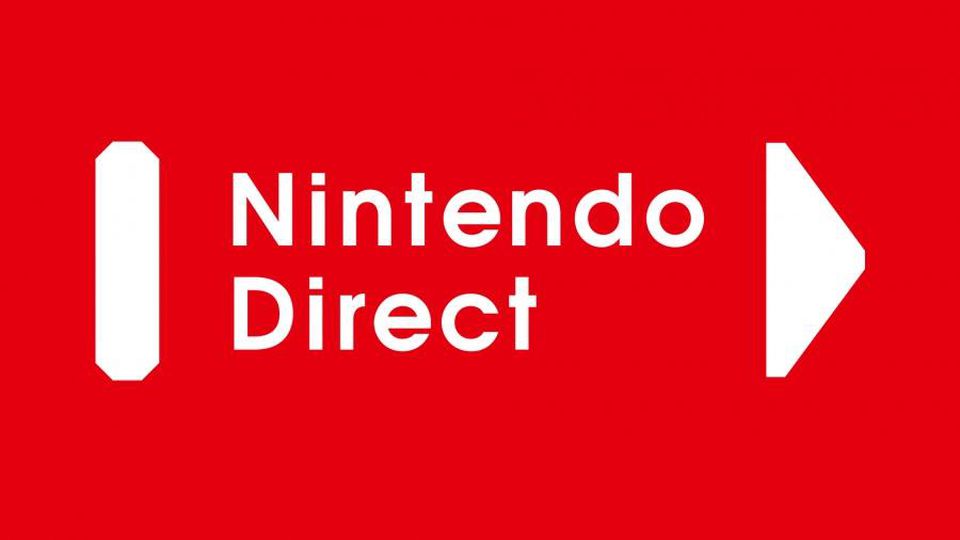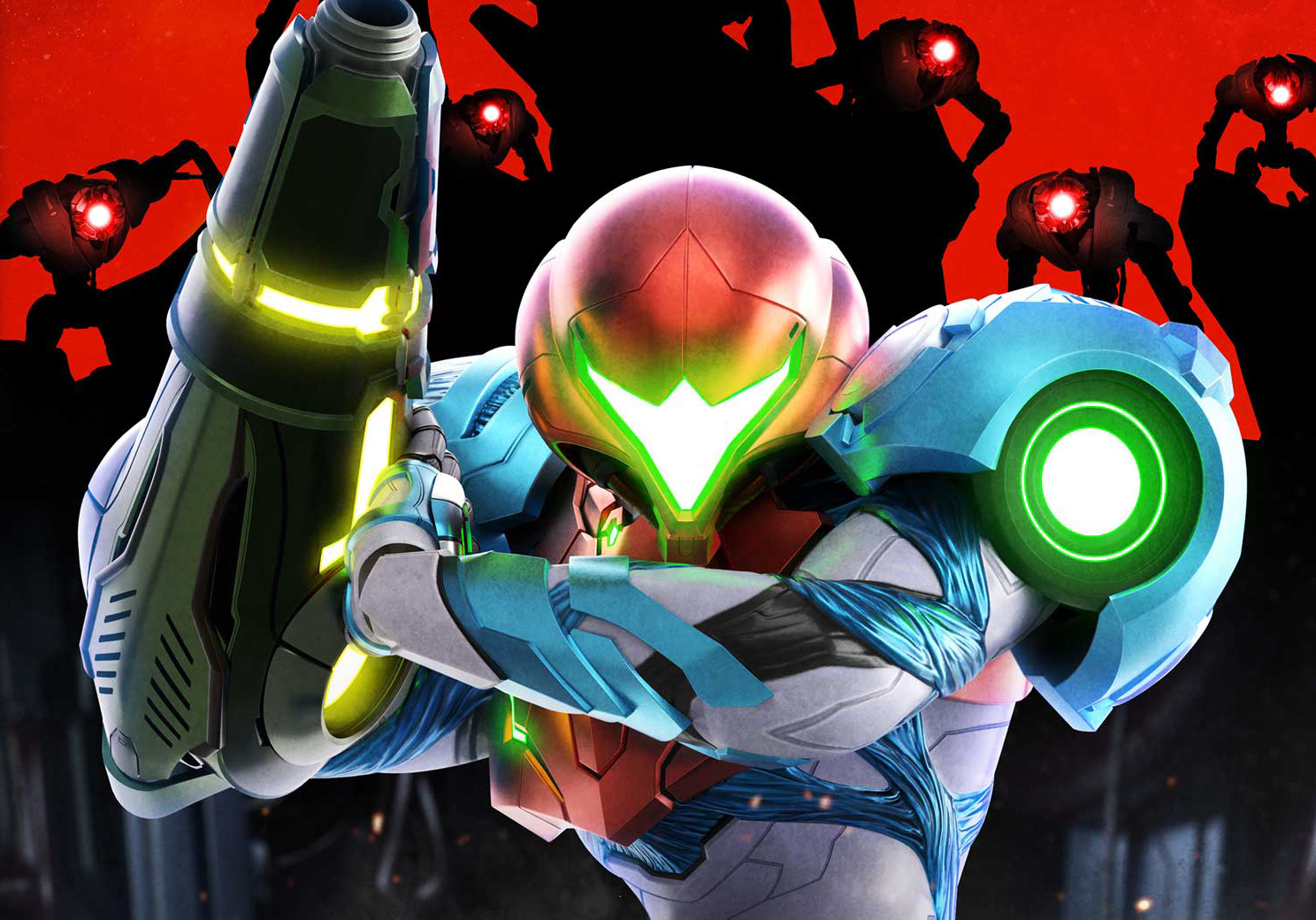
Nintendo picks up and dusts off the Metroid franchise with the frequency of Hailey’s Comet, so the release of a proper full-fledged sequel in Metroid Dread is remarkable. While we have had the first-person Metroid Prime sub-series and other midquels and spinoffs, it’s been 19 years since a proper sequel to the last entry in the franchise, Metroid Fusion on Game Boy Advance, used the series’ trademark and well-loved 2D action-exploration gameplay. Metroid Dread finally pushes the franchise forward, not only providing another tight, action-packed and addictive Metroid experience, but also adding its own dread-filled ideas.
The core gameplay of Metroid Dread will be familiar to anyone who’s played any of the original series. Space bounty hunter, Samus Aran, loses her impressive range of abilities at the start of the game and has to explore several large, unmapped areas to not only regain them, but unlock an even more powerful arry. While the game does have an open-ish design, many areas are locked behind doors which require special power-ups to open, allowing the developers to gently guide players along the right path to their next ability, which will unlock further doors, paths and places which seemed inaccessible before.
While Samus is up against an ever-increasing number of aliens, robots and creepy-crawlies, the big new threat in Metroid Dread comes in the threat of the near-invicinble EMMI units. These six robots patrol swathes of the map in each of the game’s main areas, designated as ‘EMMI zones’, and they’re keenly tuned to sense Samus’ presence and track her. Entering an EMMI zone is often necessary in order to progress, but it means evading the EMMIs, who have access to their own shortcuts and crawlspaces that can circumvent the longer paths Samus must take, making them unpredictable and extremely dangerous, with getting caught meaning almost certain death.
The EMMIs chiefly provide the ‘Dread‘ from the title, as encounters with them are tense, cat-and-mouse affairs. Samus has a limited cloaking ability that eventually eats into her health, so she can’t stay hidden for long – but she is very fast. Early EMMI zones can be bypassed through swift platforming and a little luck, but later ones make you consider every movement and use of Samus’ cloak to plan effective routes. While the EMMIs’ design is clean and friendly, their movements are disturbingly fluid and predatory, making for creepy adversaries. Eventually, Samus can turn the table in these encounters, by unlocking one-use ‘Omega’ beams that can finally put an EMMI down for good. Frustration is also kept to a minimum thanks to generous save points dotted around the map and checkpoints – like everything in the game, EMMIs can be overcome with trial-and-error and planning.
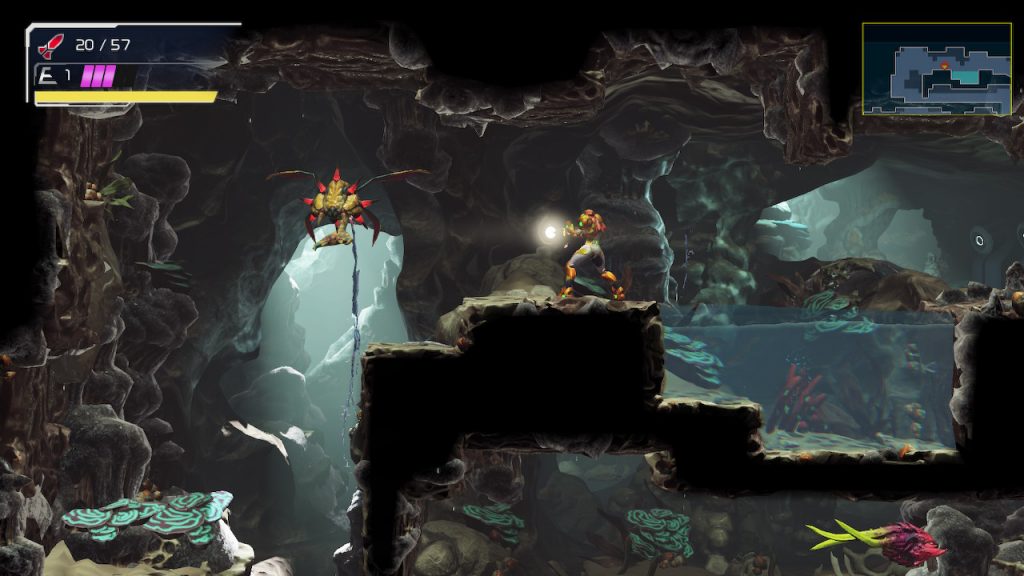
Metroid Dread excellently blends puzzle-solving, careful planning and tight action platforming into something that feels traditional, yet fresh at the same time. The progression continually feels rewarding, and the design feels tight with few wasted areas. While the gameplay remains firmly in two dimensions, without any of the faffing around in 3D like Metroid Other M, the environments are fully rendered in 3D with scores of details packed into every area, making each one feel distinct and unique from each other and often including hints of narrative detail. Getting to see all of it is a powerful motivator, as are the interesting transformations the world undergoes as Samus begins influencing the balance of power on the planet more and more, leading to different paths and changed areas.
Exploration is rewarded in the form of additional ammunition and health bar upgrades, and while it may initially seem ridiculous upgrading Samus’ missile count to over 200, the bosses that she faces provide a challenge that justifies being as prepared as possible. Metroid Dread’ lineup of bosses all have patterns which demand your attention and experimentation. They’re definitely challenging, but never unfair, and while Metroid Dread definitely throws some ‘hard’ sections at players there’s nothing that can’t be overcome with practice, and to be honest with the helpful checkpointing it really gives you no excuse but to learn the mechanics and abilities of Samus and work out a solution.
Samus now has a melee counter, which can be employed to parry certain signalled attacks in return for more items and ammo, and feels great to use. Other abilities like the space jump and screw attack, saved for the late game as they increase Samus’ destructiveness and agility tenfold, also feel great with a fun rhythm and timing to them.
Some control niggles do occasionally spoil the fun, in small things like the button mapping and the way moves are activated. Having to physically hold a trigger, rather than toggling it on or off, to use missiles is fine in isolation, but difficult when it has to be combined holding another trigger to target and then another button again to actually fire. With practice, it’s manageable, but that doesn’t mean there couldn’t have been a more elegant way to implement it. The same goes for Samus’ speed boost ability, which unfortunately needs you to click in the left stick while running to work, which seems to only half-work, and is tough to work with the other facets of the ability (storing speed energy and releasing it non-accidentally). While we’re on the subject of minor annoyances, the frame-rate dips that occur as the environments get grander and the effects get flashier towards the end of the game also hurt the game’s aesthetic.
Following the main path, with a few detours here and there, should give you a clear time of around 8 hours, with longer bouts of exploration and runs for 100% completion potentially taking up to 12-15 hours. While it may seem like a short run-time, I genuinely appreciate Metroid Dread‘s tightness and brevity, as the multiple clear bonuses make it an attractive proposition to revisit for multiple playthroughs.
Tense, challenging, dripping with atmosphere and offering one of the most tightly designed game experiences this year, Metroid Dread is a standout title for the Switch. Minor issues aside, the way Dread builds on a tried-and-true formula with creative mechanics and shockingly fun enemy encounters make for not only a great Metroid game but one of the highlights of the year.
-Excellent platforming and exploration in a new iteration on the Metroid formula -Tense encounters with EMMIs -Challenging but fair boss encounters -A significant amount to explore and collect
-Control niggles make some actions frustrating

